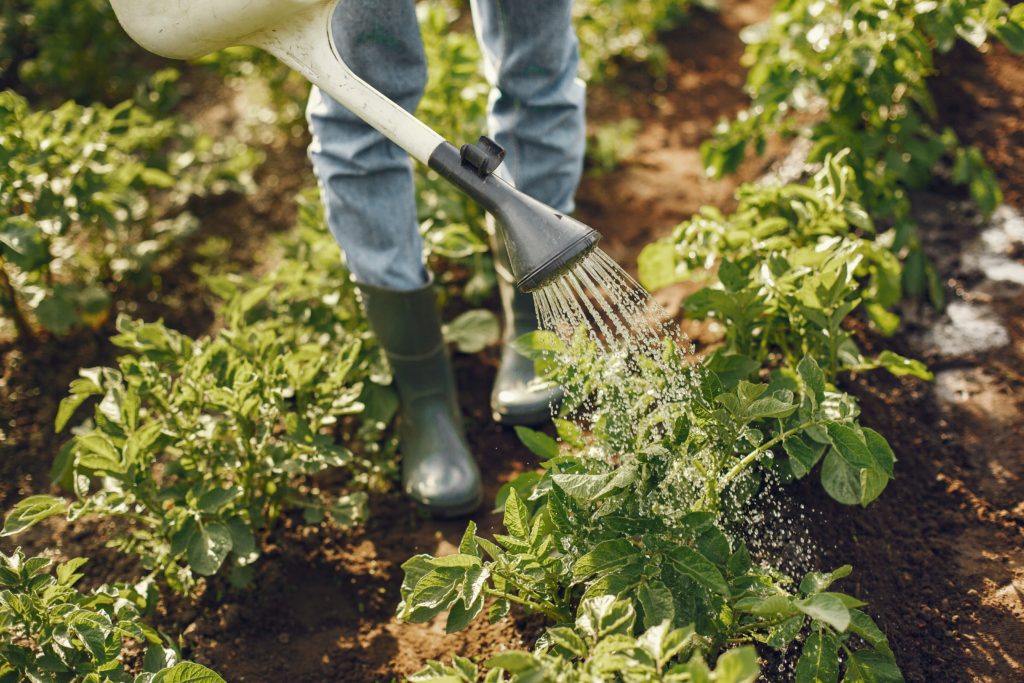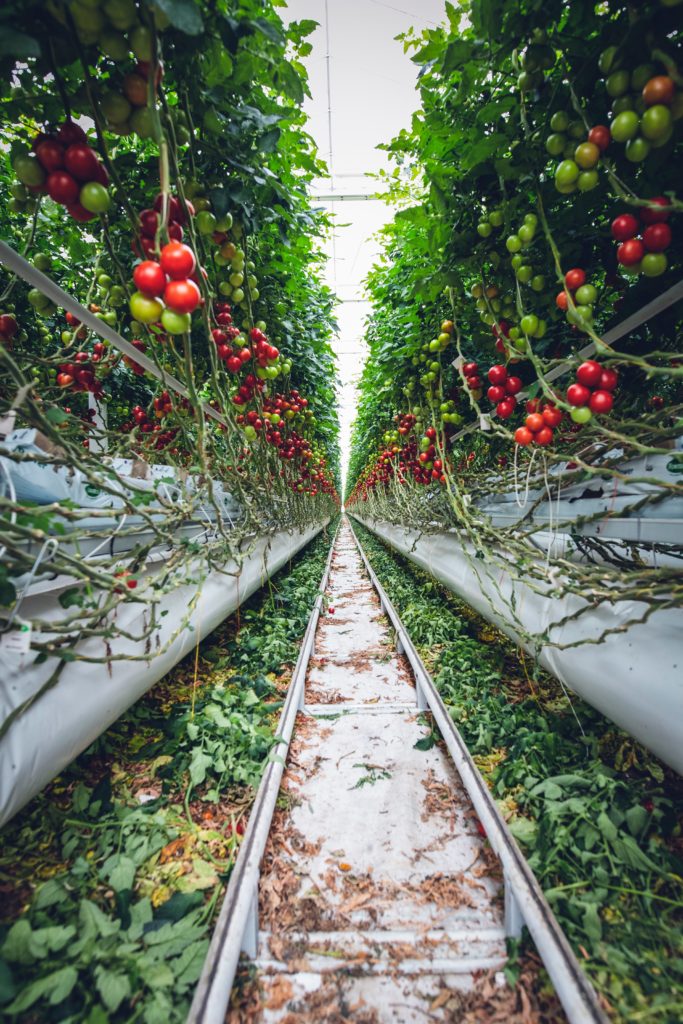What is NPK
- April 28, 2022
- Arktivist
If you’ve ever read a gardening article or picked up a pack of fertiliser, you will have seen these three letters before. If you’re wondering what they mean, we’ve got you covered.
NPK is an abbreviation of the chemical symbols for the three main nutrients required by plants to grow – Nitrogen (N), Phosphorus (P) and Potassium (K).
The reason these get their own little abbreviation is because of how important they are for basic plant health. These three nutrients are responsible for almost every aspect of plant growth and are 3 of the 6 macro-nutrients plants need in heavy supply for proper growth.

When it comes to adding nutrients to the soil for plants, the most important mix contains these three nutrients, because of how important they are. These are generally known as whole fertilisers.
The reason that most fertilisers have an NPK analysis on the side is for comparisons between products. A product with a high concentration of N will act differently in your garden than a product with a higher P or K.
An NPK analysis lets buyers quickly know what type of fertiliser they’re buying.
What is NPK in fertilisers
Fertilisers are products that farmers and gardeners can add to their soil to increase the nutrients available for their plants.
Fertilisers can come in organic or inorganic forms and can contain a variety of different nutrients that plants might need for proper growth.
All products that are being sold as fertilisers will generally have an NPK analysis somewhere on their label. The exception to this rule is raw manure and composts or worm castings purchased directly from farms.
N is for Nitrogen
Nitrogen is one of the three primary nutrients in plant growth because it’s one of the main components of chlorophyll.
Plants convert carbon dioxide and sunlight into sugars that they use for energy via photosynthesis. Chlorophyll in plant tissue is the main driver behind this process, so photosynthesis can be interrupted when nitrogen is lacking.
Part of the metabolic process that plants use to consume energy also relies heavily on nitrogen.
So without nitrogen, plants wouldn’t be able to create or use energy from sunlight.
In terms of plant growth, nitrogen is responsible for amino acids and protein creation in leaves and stems, which provide strength and structure. It’s also a component of DNA, so is literally involved in plants right down to their basic building blocks.

Because of these roles, fertilising with a high nitrogen fertiliser will result in big green growth in leaves and stems. Plants will grow rapidly and can bulk out really well. This is great if you’re growing leafy vegetables, or to get colour and coverage into your lawn. It’s not great if your plant is about to flower or fruit though.
An important point with nitrogen fertilising is that the plant can’t use it if it’s not actively growing. If you’re in a country with all four seasons (read: not Singapore) and you’ve got dormant plants over winter, or deciduous trees, adding nitrogen won’t do anything for them until they come out of their dormancy. By this time though, it’s likely the nitrogen will have leached from your soil, and been stolen by weeds or neighbouring plants.
P is for Phosphorus
Phosphorus is also used by plants in the process of photosynthesis, but differently from nitrogen.
Phosphorus makes up part of the sugars produced by photosynthesis.
It’s also used in the metabolic processes which convert these sugars to energy through adenosine triphosphate (ATP).
Finally, phosphorus is also involved in the transport of nutrients around the plant’s cells.
For plant growth and reproduction, phosphorus is also extremely important.
It’s responsible for cell multiplication as plants mature and grow, as well as in reproductive organ development. This includes leaves, stems, flowers, fruits, and roots.
Plants that lack phosphorus won’t completely die, but growth will be stunted as they take longer to reach maturity, and will often have a low yield of flowers, fruits and leaves.
Phosphorus doesn’t really move much in the soil once it’s applied, so plants with good, strong, and expansive root systems will absorb more than those that don’t.
Gardeners can counter this by applying P directly to the root zone of their plants and watering it thoroughly. Moisture helps the nutrients diffuse through the soil and make contact with the root system to be absorbed.
K is for Potassium
The periodic table symbol for potassium is K, which can be confusing.
A brief rundown of why potassium is known as K rather than P can be read here.
Potassium is involved in moving water, nutrients and energy sources around and within plants’ tissues, and is involved in the production of ATP for using energy.
As Potassium is involved in moisture movement, one of its main roles is to help control the opening and closing of pores on the leaf surface called stomata.
Stomata control the exchange of oxygen, carbon dioxide and water with the air and are important for absorbing carbon dioxide for photosynthesis and transpiration for temperature control.
This transportation around cells also helps in thickening cell walls, so plant stems are strengthened when there is good potassium availability. Strong cell walls also mean an increased resilience to pests and diseases.

Its other main function is to move moisture and sugars to reproductive parts of the plant and control the metabolic processes of flower, fruit and seed development.
A plant with ready access to potassium should have juicier and sweeter fruits, and higher-quality flowers.
A big drawback of applying too much potassium to your garden though is that it can inhibit the absorption of other nutrients, like nitrogen and magnesium.
Beyond NPK
Plant nutrition goes way beyond the 3 letters we just spoke about. Plants, as living organisms, are complex and so are their needs.
In order to provide your plants with both nutrients and an ecosystem where they can thrive, it is best to use organic fertiliser, like Arktivate, that contains balanced NPK content as well as trillions of microbes. This would ensure healthy soil for your plants to grow faster and bloom longer.
Summary
You can get a fairly good understanding of what NPK is without getting too into plant physiology and soil science, but the more you know about these three nutrients, the better you’ll be in the long term.
Nitrogen is responsible for leaf and stem growth. Applying it will give big green leaves or thick lawns that you’ll need to harvest or mow shortly after.
Phosphorus is responsible for energy transfer and utilisation in your plants. Applying it will help your plant grow and mature, and help its root systems develop better.
Potassium is responsible for sugars and water movement around plant cells. Applying it will help with fruit and flower quality and will thicken cell walls which improve pest and disease resistance.
And finally, don’t forget about other nutrients as well as microbes that you plants need for a healthy and balanced growth.
- Categories: Plants nutrients
One Response
Can Arktivate be used for Airplants ?
Thank you